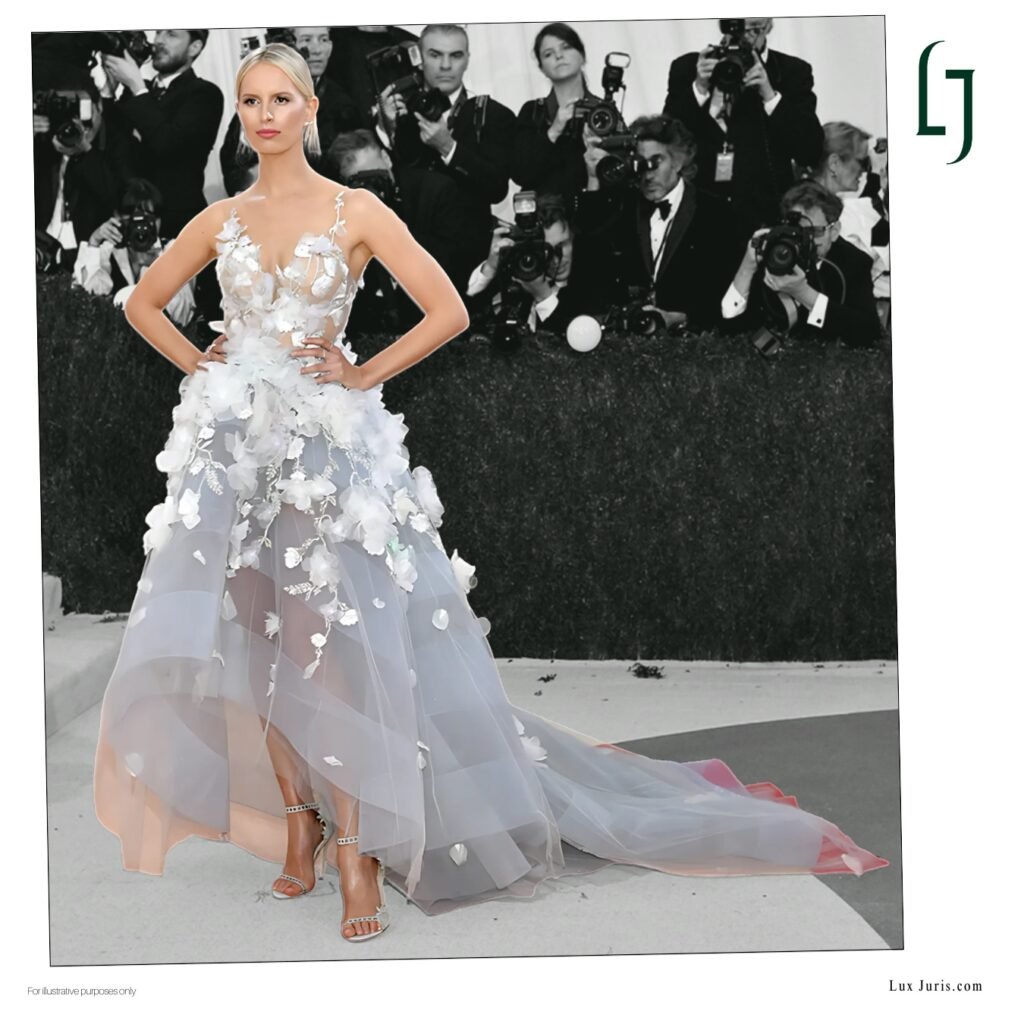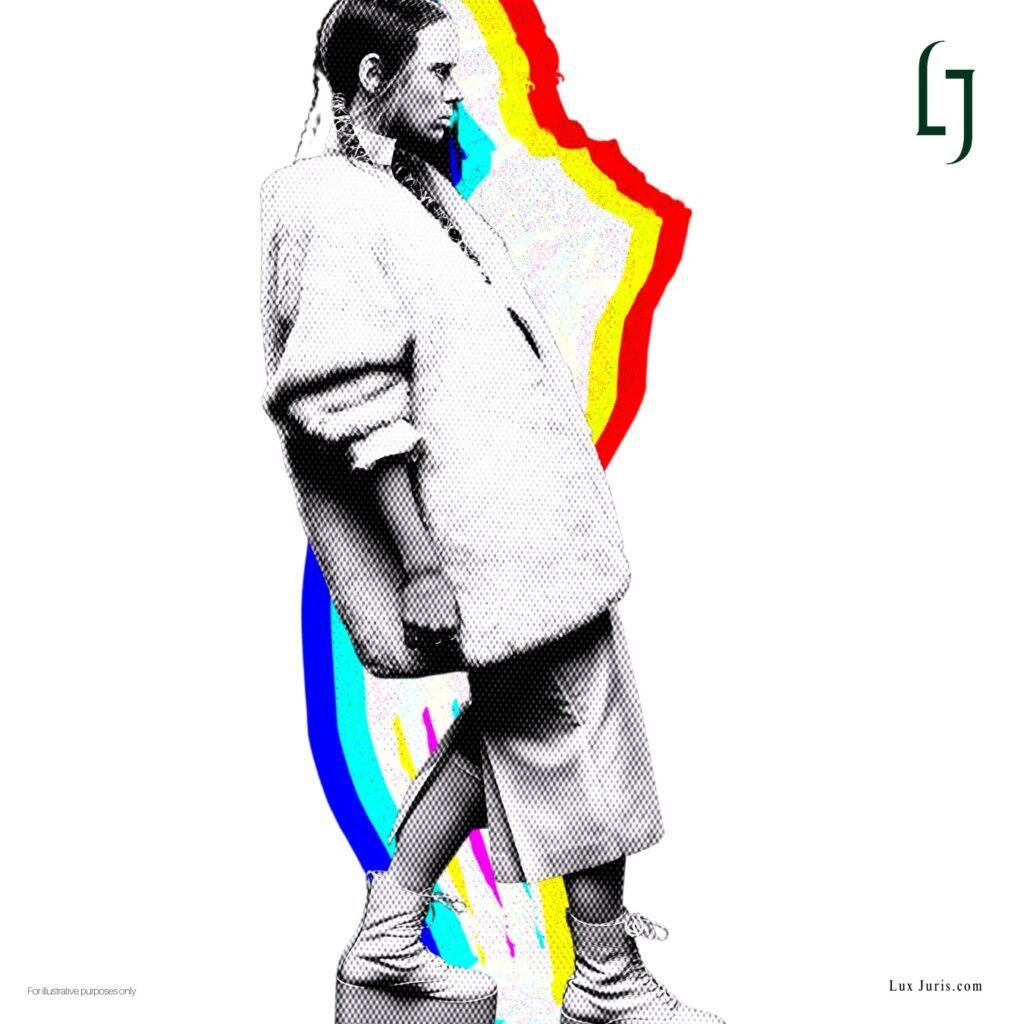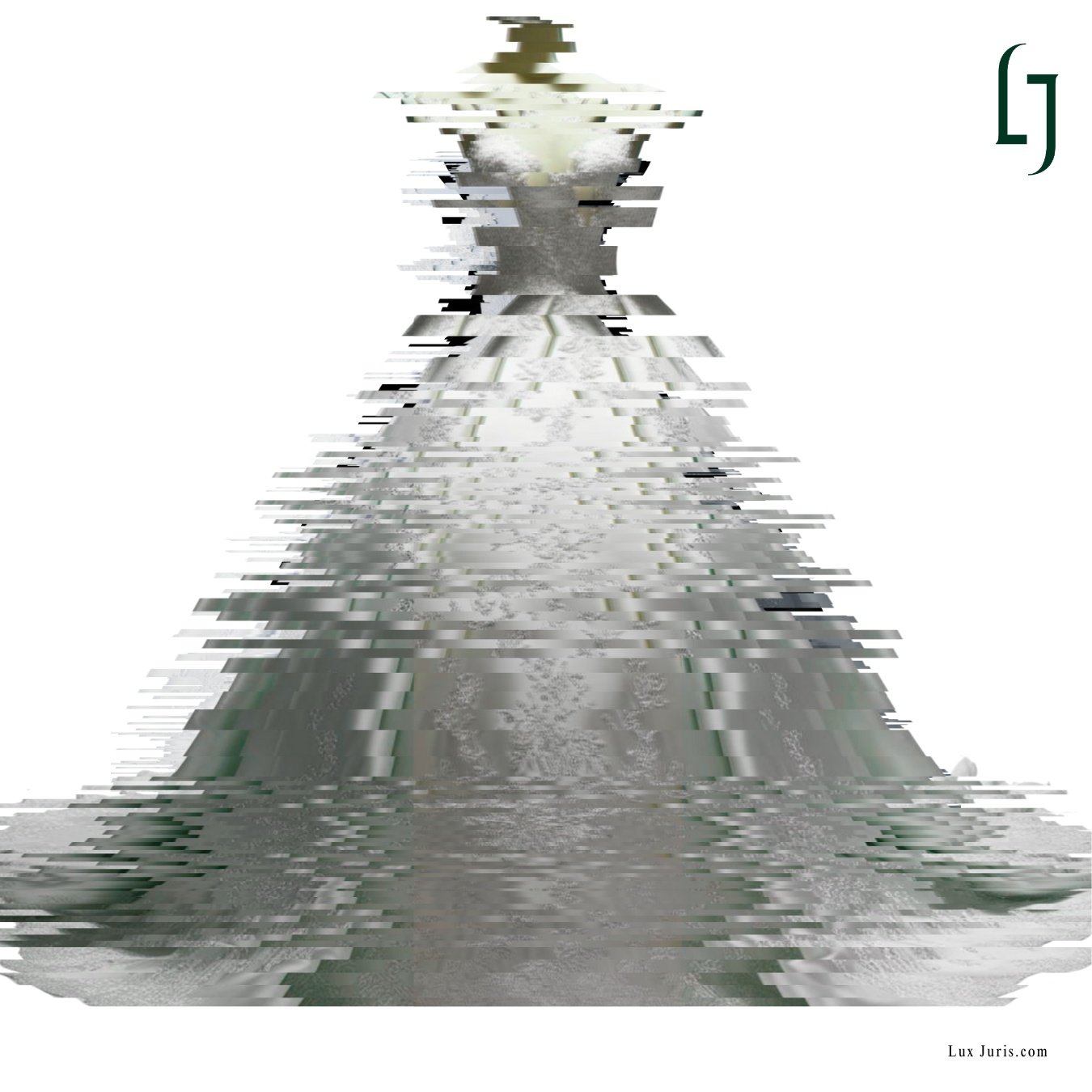AI in fashion is rapidly evolving, transforming the industry at every level of the creative process. From virtual models to algorithmically generated prints, artificial intelligence is reshaping how designers work and how collections are conceived. When luxury house Marchesa collaborated with IBM Watson to create an AI-assisted dress for the Met Gala, the result was an elegant garment designed by data that captured the fashion world’s attention. Today, fashion houses are experimenting with generative tools that can produce garment designs, mood boards, and even entire digital collections.
As AI becomes an increasingly vital design partner, it raises the legal question: Who owns what the algorithm creates? The intersection of fashion and intellectual property (IP) law has always been complex but the emergence of AI generated designs, created with little to no human interaction, has exposed critical gaps in current copyright regimes. This article explores how current copyright law struggles to define authorship in the context of AI generated fashion, and what that means for designers, brands, and the broader luxury industry.
The Rise of AI in Fashion Design
AI is no longer a futuristic concept. It has become a creative collaborator in today’s fashion industry. From machine learning models that predict style trends to generative platforms that produce original prints, the technology is already integrated into the design process. A notable example is The Fabricant, a digital-only fashion house that creates hyper-realistic garments entirely through software. Another is the collaboration between IBM Watson and Marchesa, where AI contributed to a dress design by analysing emotional data and color trends. More recently, luxury brands such as Gucci, Balmain, and LVMH have explored AI tools for concept development, campaign planning, and customer personalisation.

These technologies rely on human prompts or training data but are capable of producing wholly original outputs. This raises a foundational question in copyright law: If a human didn’t “create” the design in the traditional sense, can the result still be protected under intellectual property law?
The Legal Limits of AI Creativity
Under U.S. copyright law, protection is only granted to “original works of authorship” created by a human author. The Copyright Act does not recognize non-human entities as authors, which has significant implications for AI generated content. This was reinforced in Thaler v. Perlmutter, 2023, where the U.S. Copyright Office rejected a copyright application for an image created by an AI system named “Creativity Machine,” reasoning that works generated without human authorship are not eligible for copyright protection. In Naruto v. Slater, 2018, though involving a monkey selfie rather than AI, the court held that a non-human cannot hold copyright. This draws a line between human and non-human creators that remain legally decisive.
Internationally, the Berne Convention does not explicitly define “authorship,” but it assumes human creators. The EU AI Act, while still developing, suggests a cautious approach toward granting IP rights for AI generated content.
The Vulnerability of AI-Created Fashion Designs
So how does this play out in fashion? Suppose a luxury brand uses an AI model to generate a collection of garment sketches. The software, trained on vast datasets of fashion history, outputs several designs with minimal human involvement. Under current U.S. law, these outputs may not be eligible for copyright protection. That leaves the brand vulnerable to design theft, knockoffs, and duplication with little legal remedies.

For an industry already challenged by “dupe culture” and fast fashion’s imitation practices, the inability to enforce rights over AI created works could undermine brand equity and innovation.
Redesigning the Rules
AI is redefining what it means to be a designer. While the technology opens new creative frontiers, it also destabilizes the traditional legal foundations of authorship and ownership. As regulators begin to respond to AI’s impact, the fashion industry must advocate for policies that protect innovation while preserving legal clarity. As AI continues to evolve, policymakers and the fashion industry must wrestle with how to protect creativity without overextending legal protections to machines. Some proposed solutions include:
- Human prompt as author model which grants rights to the person who guided the AI with prompts or made editorial decisions.
- Sui generis protection which creates a new category of IP protection for AI generated works, as proposed in some academic literature and by the EU Commission.
- Industry led standards whereby fashion councils and luxury brands establish private registries or norms for AI generated designs, similar to how brands protect trade dress or use blockchain to authenticate ownership.
Conclusion
AI in fashion is no longer a distant innovation. It is now embedded in how the industry creates, markets, and engages with consumers. Yet, the legal framework has not kept pace. Designers and brands using generative tools risk losing control over the outputs that define their creative identity. Without legal clarity around authorship, the protection of AI-generated designs remains uncertain. This lack of certainty could discourage innovation and leave brands exposed to imitation and misappropriation.
To address this, the fashion industry must take a proactive role in shaping future IP norms for AI in fashion. Industry leaders should advocate for copyright reform that considers human-guided AI outputs and encourages accountability in prompt creation. Internal agreements documenting creative input can help establish authorship. In parallel, alternative rights such as trademarks, trade dress, and design patents offer more reliable protection, especially for distinctive styles or motifs. Fashion has long driven cultural and aesthetic shifts. It now faces the task of leading legal change to ensure innovation does not come at the cost of ownership.
Author: Ivie Egharevba | Research: Ivie Egharevba | Editor: Qazi
Sources:
- https://www.forbes.com/sites/ibm/2016/05/03/weaving-cognitive-into-couture-watson-and-marchesa-collaborate-at-the-met-gala
- https://www.wsj.com/articles/lvmh-bets-on-ai-to-navigate-luxury-goods-slowdown-0438e328
- https://www.copyright.gov/comp3
- https://www.reuters.com/legal/ai-generated-art-cannot-receive-copyrights-us-court-says-2023-08-21
- Naruto v. Slater, 888 F.3d 418 (9th Cir. 2018)
- Thaler v. Perlmutter, 2023
- https://www.wipo.int/treaties/en/ip/berne
